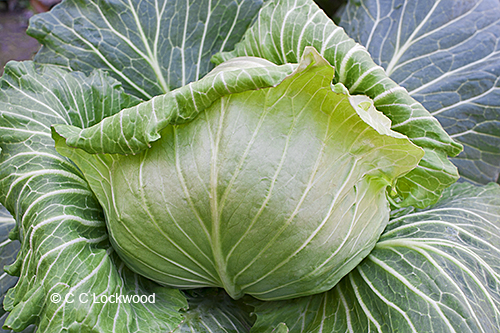 |
| Bald Eagle perched in a bald cypress tree. |
Blue skies and cold air greeted
Steve Uffman and I as we launched at Bayou Black Marina to do a Bald Eagle
Scout for my upcoming workshop at Eagle Expo March 1, 2013 in Morgan City. We
saw our first bird 15 minutes later on nest #1. She was hunkered down incubating her eggs. Off we sped to the next two that are
near the marina and found the same.
By the end of the day, all 14 that we got relatively close to had
females on the nest. Two nests had
been rebuilt. They were near last
year’s nest that was blown down in one of the summer storms. I had to ask Steve to slow down; 30
knots in his bay boat had my eyes watering so bad that I could not see well
enough to look for new nests. Then we found 4 new nests. Total count for the day was 18. Four we
could not get close to. One of
last year’s was down with no sign of a new nest, but one bird was in the
vicinity of the old nest.
 |
| CC releases a Great Egret after freeing her from a nutria trap. Photo Credit: Steve Uffman. |
As we approached the area, I
noticed a Great Egret struggling.
It was caught in a nutria trap of the leg hold type. Steve edged the boat up to the bank,
and I jumped out on the spongy marsh soil and tossed my jacket gently over the
trapped bird. Then I sprung the
trap and checked out the bird’s foot.
It was bleeding slightly, but remarkably did not seem broken. As I held
her carefully, I saw her wiggle her toes.
She had a couple of breeding plumes already, and her face had changed
into breeding colors. I released
her to fly way with her legs trailing normally. I think she will be fine, find her mate, and nest successfully.
Another treat of the day were the numerous hawks. I counted 75 over our 61 mile trip – mostly red-tail
hawks. I'll go back in a few weeks
to see the eagles flying more.
They will make many trips to the nest to feed hungry young.





























